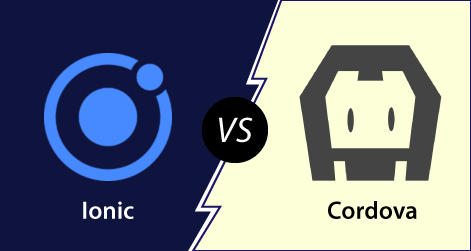Apache Cordova
Devlopment Company
The Advancements in information and the expansion of technology are Apache Cordova
Let’s Discuss
Apache Cordova is an open source framework that enables web developers to use their HTML, CSS, and JavaScript content to create a native application for a variety of mobile platforms.
Cordova takes your web application and renders it within a native WebView. A WebView is an application component (like a button or a tab bar) that is used to display web content within a native application. You can think of a WebView as a web browser without any of the standard user interface elements, such as a URL field or status bar. The web application running inside this container is just like any other web application that would run within a mobile browser—it can open additional HTML pages, execute JavaScript code, play media files, and communicate with remote servers. This type of mobile application is often called a hybrid application.
Get our fre
The distinction between Apache Cordova and PhoneGap is frequently misunderstood by developers. To clear up this misunderstanding, we must first comprehend the project's origins. Several engineers from Nitobi, a web development business based in Canada, attended an iPhone development camp at Adobe's San Francisco headquarters in late 2008. They looked into using the native WebView as a shell for running their web apps in a native environment. The experiment was successful. They increased their efforts over the next few months and were able to use this approach to construct a framework. Because it allowed web developers to bridge the gap between their web apps and the device's native capabilities, they termed the project PhoneGap. The project went on.

Ionic's main job in the app development field is to deliver uniform, platform-specific user interface components, but how does one turn their app into something that can be published to numerous app stores? At this point, Apache Cordova enters the development process.
Cordova has been a key element of the Ionic project since its inception. While Cordova includes options for using native mobile capabilities and developing fully native apps, it does not contain a user interface SDK. Ionic offers you to create high-performing, native-like apps with over 100 UI components, as well as navigation and platform-specific styling.

Cordova is no longer the only option for this. Ionic just published Capacitor, a successor to Cordova, as an open source project. Its goal is to improve on Cordova's underpinnings, which you can learn about here. Capacitor is a more modern take on the concept of a cross-platform native web runtime, taking advantage of the latest Web APIs and giving much deeper interface with the native platform SDKs, allowing for better customisation, quicker troubleshooting, and fewer difficulties at the native layer.
So, leveraging Cordova permits us to take our web application and have it become a native application that we can then submit to the app stores. Hopefully, you have an understanding of what Cordova is and how it plays within the Ionic development ecosystem.